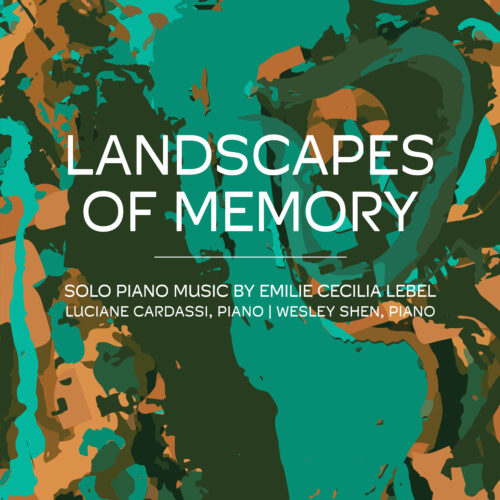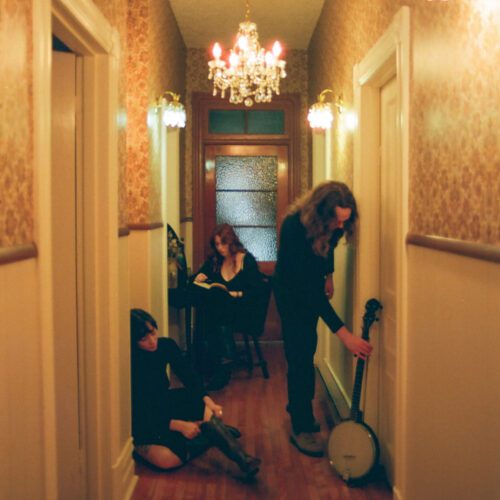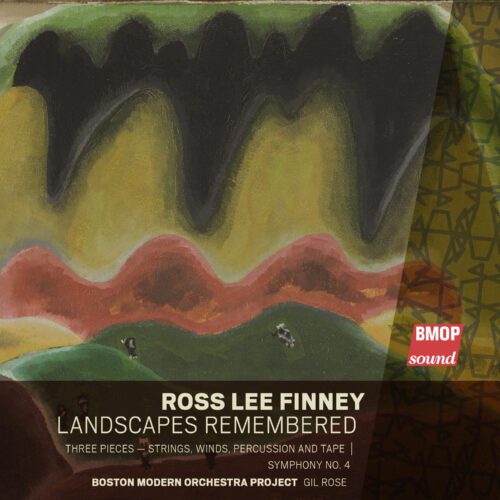If you like the stripped-down music of Morton Feldman, you’ll probably like that of Canadian Emilie Cecilia LeBel. The Alberta-based composer uses the piano in much the same way as the American: very short phrases, made up of three or four successive chords, repeated endlessly and undergoing minute transformations over very long stretches (in this case, two pieces, each over thirty minutes long). Having said that, there are a few differences: LeBel uses chromatic harmonies, but they are much more euphonious than Feldman’s. The effect is less that of a ‘chord’ than that of a ‘chord’. The effect is less that of a strange microcosm, gently swarming under the eye of a passer-by (Feldman), than a placid, almost motionless landscape, inviting introspection and passive contemplation. The other difference, at least in these two pieces (entitled Ghost Geography and Pale Forms in Uncommon Light respectively), is that LeBel adds an EBow drone to the piano, a device usually used by electric guitarists. The EBow emits an electromagnetic field that sustains the vibration of the strings, creating a continuous sound, a drone, reminiscent of the friction of a bow.
My entirely subjective impression is that the result is very different in the two pieces. In Ghost Geography, the drone is of relatively low frequency, and serves as a subtle cushion to the music. In Pale Forms in Uncommon Light, on the other hand, and for some reason that escapes me, the frequency is higher and frankly irritating. I imagine someone else will think differently. Wesley Chen (Ghost Geography) and Luciane Cardassi (Pale Forms in Uncommon Light) are the pianists who get the job done, in scores that are not technically difficult, but that demand sustained concentration.
An album of evanescent music in the vein of Feldmanian Minimalism.
























